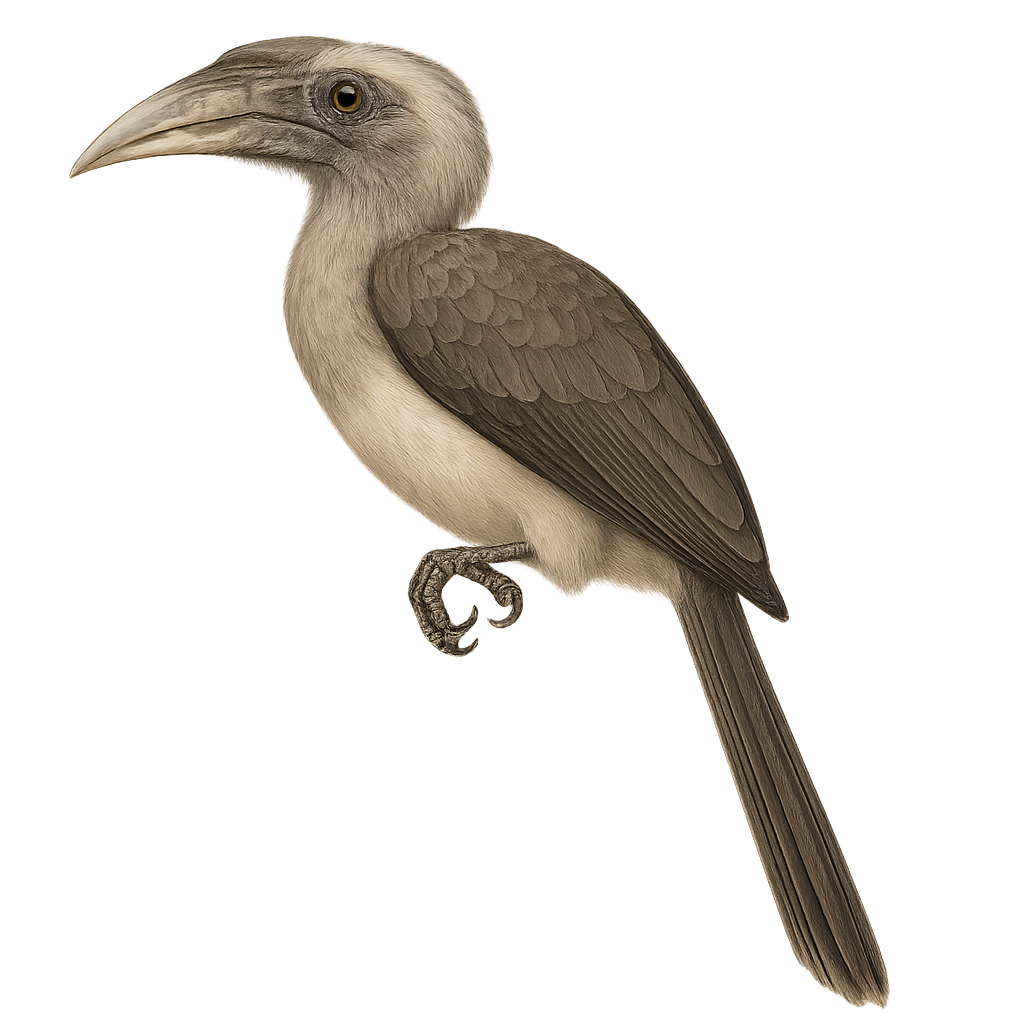Your wildlife photography guide.
Explore the indian grey hornbill in detail, study its behavior, prepare your shots.
Where to observe and photograph the indian grey hornbill in the wild
Learn where and when to spot the indian grey hornbill in the wild, how to identify the species based on distinctive features, and what natural environments it inhabits. The WildlifePhotographer app offers tailored photography tips that reflect the indian grey hornbill’s behavior, helping you capture better wildlife images. Explore the full species profile for key information including description, habitat, active periods, and approach techniques.
Indian Grey Hornbill
Scientific name: Ocyceros birostris

IUCN Status: Least Concern
Family: BUCEROTIDAE
Group: Birds
Sensitivity to human approach: Suspicious
Minimum approach distance: 10 m
Courtship display: March to April
Incubation: 23-25 jours
Hatchings: March to May
Habitat:
moist forests, tropical forests, wooded areas
Activity period :
Primarily active during the day, with peak activity in the morning and late afternoon.
Identification and description:
The Indian Grey Hornbill, or Ocyceros birostris, is a small grey hornbill native to wooded and semi-open areas of the Indian subcontinent. It is identified by its uniform grey plumage, black tail with white edges, and a curved two-toned bill—orange at the base and black at the tip. Found in dry forests, farmlands with trees, and even urban areas in India and Sri Lanka, it is usually seen in pairs or family groups, calling with sharp, screeching sounds. Its diet includes fruits, insects, and occasionally small vertebrates. The Indian Grey Hornbill is common and adapts well to human-altered landscapes.
Recommended lens:
400mm – adjust based on distance, desired framing (portrait or habitat), and approach conditions.
Photography tips:
To photograph the Indian Grey Hornbill, it is advisable to use a 400mm lens or longer to capture precise details without disturbing the bird. Look for areas where hornbills are active, such as moist forests, and be patient. Morning and late afternoon are the best times to observe their activity. Ensure you maintain a safe distance of at least 10 meters to avoid scaring them. Use a tripod to stabilize your camera and adjust settings for low-light conditions, as these birds often move in shaded areas.
The WildlifePhotographer App is coming soon!
Be the first to explore the best nature spots, track rutting seasons, log your observations, and observe more wildlife.
Already 1 431 wildlife lovers subscribed worldwide

